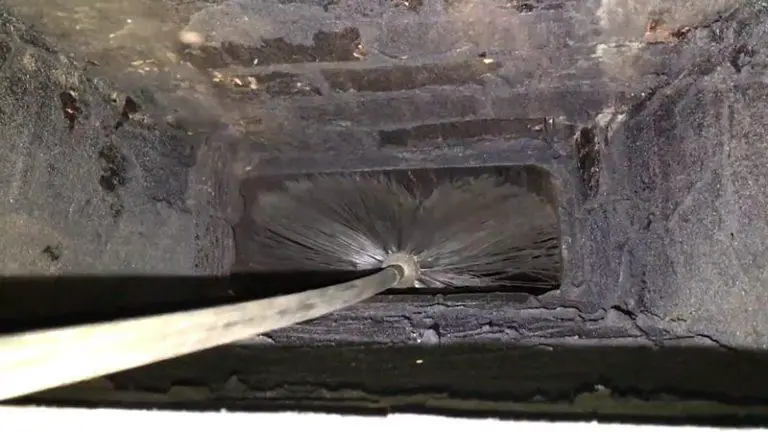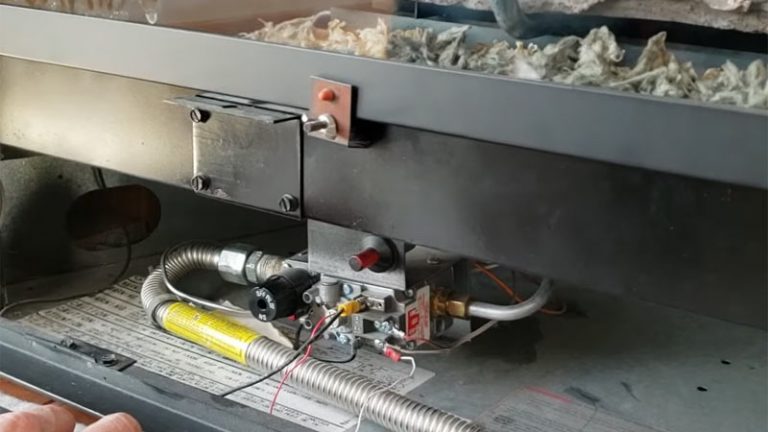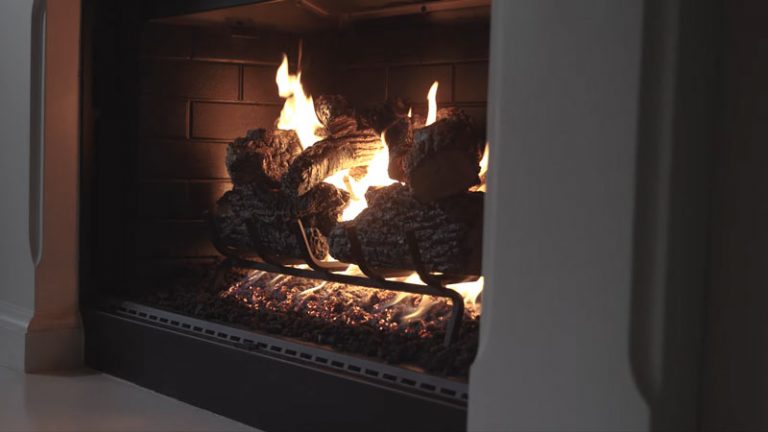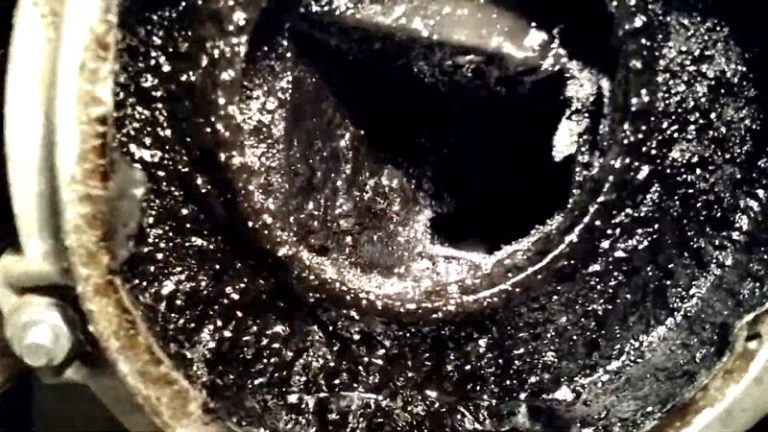What Is Creosote Used For
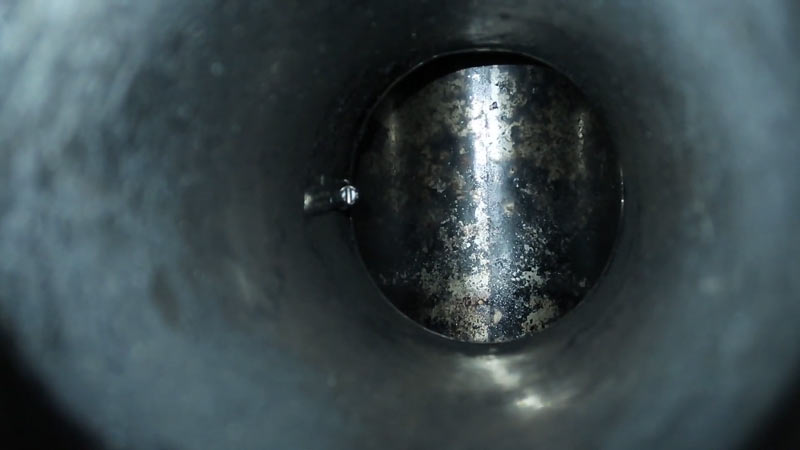
When it comes to wood preservation, creosote is a common ingredient. Creosote can be harmful if you’re exposed to high levels of it. There are ways to avoid contact with the toxicant–for example, by using gloves when applying it or storing it in a safe place.
If you do come into contact with creosote, take caution and consult your doctor about any health concerns that may arise from its use. Keep in mind that even though creosote is often found in pesticides products, there are still ways to protect yourself from exposure without having to avoid these products entirely.
You'll Learn About
What Is Creosote Used For?
If you have a wood-frame house, be sure to use a pesticide product that does not contain creosote as the active ingredient. Creosote can cause health risks if exposure is high, so it’s important to avoid contact with it whenever possible.
There are ways to avoid contact with creosote; just be aware of what products you’re using and how they could affect your home. Be careful when cleaning around any wooden surfaces – even those inside your home – because Creosote can seep into cracks and joints over time.
Creosote in a Wood Preservative
Creosote is found in a wood preservative and can be used in many different ways, like keeping your deck or porch looking new for years to come. It’s important to read the instructions carefully before applying them so you don’t end up with any problems down the line.
If you spot signs of rot on your wooden structure, creosote may be the best solution for preserving it until a replacement can be made. You should also keep in mind that creosote has an odor that some people might find unpleasant, so consider using it in small doses if necessary.
Always consult with a professional when restoring old wood surfaces as they may require special care not provided by this product alone.
Use of Creosote
Creosote is a pesticide product that contains the active ingredient acetone, which is used to protect wood against termites, fungi, mites, and other pests.
Acetone can be harmful if it enters your body through contact with skin or eyes, so make sure to use gloves when applying creosote products. Pesticide products containing creosote are registered for use in many parts of the world and are often used as a preventative measure against wood decay and pest infestation.
If you have concerns about using these products near your home’s trees or vegetation, please speak with your local agricultural extension agent before making any decisions on using them. Always read the label of any pesticide product before using it in order to ensure safe handling practices and effectiveness
Creosote can Cause Health Risks
Creosote is a dangerous oil that can be found in many products people use every day. If you’re exposed to high levels of creosote, it can cause health risks such as respiratory problems and cancer.
You should avoid exposure to high levels of creosote if possible by using caution when handling the product and storing it correctly. If you are concerned about your personal safety or the safety of others, contact a professional for help cleaning up any areas where there has been exposure to creosote..
Keep your family safe by being aware of the dangers associated with this oil and take appropriate steps to protect yourself and those around you
There are Ways to Avoid Contact with Creosote
Creosote is a versatile product that can be used for many purposes, but it’s important to be aware of the risks associated with it before using it. There are ways to avoid contact with creosote, including wearing gloves and avoiding breathing in the fumes.
If you do get exposure to this harmful chemical, seek medical attention immediately as there are potential health consequences. Be sure to keep all flammable materials away from creosote so that accidental fires don’t occur and people aren’t injured by the fire hazard created.
Always read the label and follow instructions carefully when using any kind of flammable material – even if you’re familiar with its use.
Is creosote harmful to humans?
Creosote is a harmful oil that can be found in many different types of wood. It’s used to treat the wood before it’s sold, but it can also be released into the air when treated wood is burned.
Creosote has been known to cause cancer and other health problems in humans. Creosote is a petroleum-based product that is used in many different applications, including as a sealant and paint stripper.
It can be harmful to humans if it’s ingested or if its exposure to the chemical occurs over a short period of time. Short-term exposure can cause irritation and rashes, while long-term exposure can lead to serious health issues such as cancer.
Adults should avoid contact with coal tar creosote because it can cause chemical burns. This type of creosote contains high levels of toxic chemicals which are known skin irritants and respiratory allergens. These compounds could also potentially cause serious health problems such as cancer over time.
Coal tar creosote may contain toxins that are dangerous even when they’re diluted by the environment or consumed in small quantities; these toxins include benzene and other carcinogens. In fact, prolonged exposures have been linked with liver damage, breathing difficulties, and neurological problems in children.
If you come into contact with coal tar creosote on your skin, wash the area immediately with plenty of water and soap – then seek medical attention if any symptoms develop (such as blisters, redness, or itchiness).
Although there isn’t enough research available to say for certain whether coal tar creosote is harmful to humans at large concentrations. We recommend avoiding contact with this product at all costs since it poses significant risks to our health.
Why did they stop using creosote?
Creosote was a common wood preservative used in the past. But over time, it has been linked to health problems like cancer and heart disease. So many car companies have stopped using creosote in their products, and you may not even know it if you’re using it on your furniture.
Creosote is a Toxic Material
Creosote is an oily liquid that’s been used for decades in many different applications, including lumber preservation and engine oiling. While it has been found to be effective in these applications, there are concerns about the impact of creosote on human health and the environment.
Proper Safety Measures
While creosote has been used for years without any safety measures in place, in 2003 the EU banned amateur use of this material as a precautionary measure. This means that anyone using or selling creosote must have proper certification and meet certain safety standards. The approval review will be held to confirm that the decision made back then still remains valid today.
Concerns Around The Impact
There are concerns about the long-term toxicity of creosote and its impact on human health and the environment. In addition, there are also worries about how this material impacts air quality – particularly when it comes to asthma sufferers and other respiratory problems.
Decision Made In 2003 Is Still Valid Today
The approval review will be held to ensure that decisions made in 2003 regarding banning amateur use of crease remain valid today.
Can you use creosote for anything?
Creosote is a petroleum-based product that has many different uses. It can be used to preserve food, treat wounds, and clean surfaces. But it should not be used on other things because it is too toxic.
One type of creosote, coal-tar creosote, has preservative properties while the other type, wood-tar creosote, is used for meat preservation and medical purposes as well as in hospitals for anesthesia or laxatives.
Is creosote good for wood?
Creosote is a coal tar preservative that has been used for 150 years to deter wood-destroying insects and fungi. It’s better than any other preservative on the market, and it’s more effective than most others at repelling water damage.
The traditional use of creosote as a timber preservation agent dates back to the 1800s. It should not be used near open flame or in high humidity areas, however; this could create a fire hazard.
Is creosote legal to use?
Creosote is a by-product of oil production that can be used as a wood treatment. It’s been banned in some countries because it can cause cancer, but it’s still legal to use in the United States.
Make sure you read the product label before using it to make sure there are no harmful chemicals present.
Creosote is a carcinogen
Creosote is a carcinogenic substance and as such, it should not be used.
This dangerous chemical can cause health risks if it’s ingested or inhaled. It’s also banned from sale, manufacture, and use beginning Jan 1st, 2005 which means that you may not find it in stores anymore.
Health risks associated with using creosote
The main risk associated with using creosote is a cancerous growth on the skin and lungs. Other potential side effects of this product include heart problems, nervous system issues, liver damage, and more serious respiratory conditions like asthma attacks and pneumonia.
You can still find it in some places
Although there are alternatives available now that have been shown to be safer than creosote, there will always be some locations where this product remains popular due to its cost-effective nature or for other reasons unknown to us at present.
Alternative products available
There are several safe replacement options for creosote that do not pose any health risks whatsoever. These products typically contain chemicals known as surfactants which help disperse the oil evenly. For this reason, it doesn’t build up on surfaces or stick around long enough to create problems again down the road.
To Recap
Creosote is a derivative of coal tar, which has been used as a fuel and additive in industrial and commercial applications for centuries. It’s most commonly found in the form of black oil or liquid asphalt, but can also be found as impregnated wood products or lignite coal.
Creosote was once widely used to treat wooden buildings and other structures, but it’s now considered harmful to humans and the environment.


